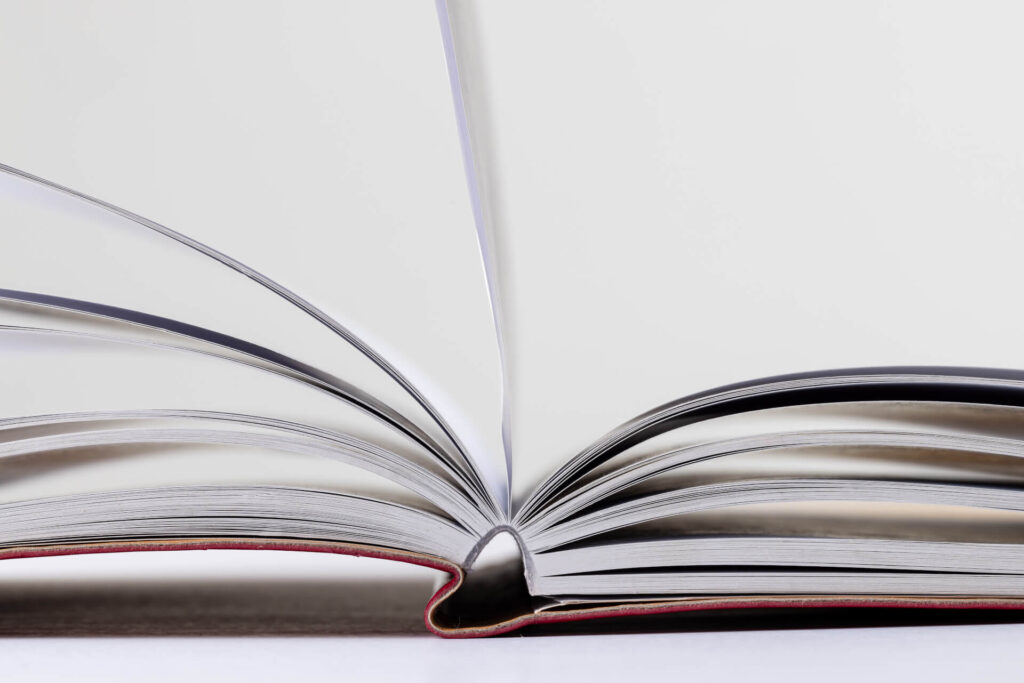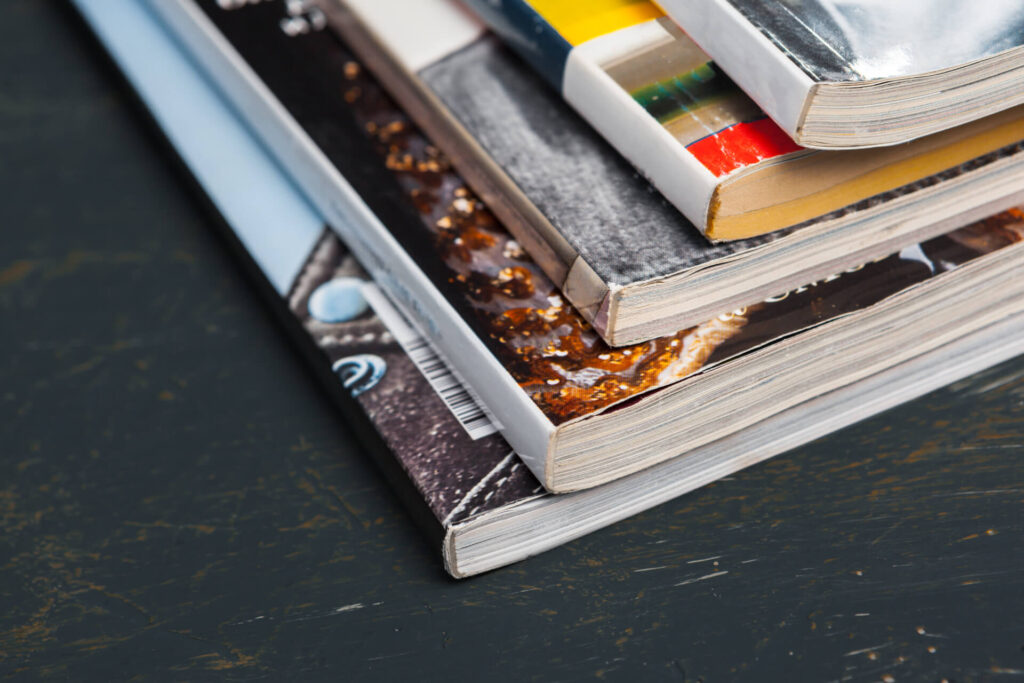What is perfect binding?
There are a lot of aspects beyond the actual content of a book, or other printed publication, when you are considering your printing requirements. The publication will need to be eye-catching, aesthetically attractive and have a professional finish and appearance. The way your publication is bound will go a long way to establishing that look – you will want your publication to have that initial impact as well as being durable and, importantly, affordable.
The book binding technique favoured by many is perfect binding – perfect bound book printing is ideal for magazines and catalogues as well as paperback books – here are some reasons why you should consider this book binding method for your next printed publication:
How does perfect binding work?
It’s a process used by book manufacturers and printers to create a professional looking, clean and smart finished print. This crisp look is achieved by binding together groups of pages with a suitable adhesive – one or more sheets containing sets of pages are laid out so that once the sheets are folded, they combine to create groups of pages known as “signatures”.
These signatures are then stacked together with the edges automatically forming a ‘spine’ which is then roughened to a texture that is suitable for adhesion.
Once the adhesive is applied to the spine, a cover can be wrapped around them and, once the adhesive has dried, three of the sides are trimmed to the required size to create the finished publication.
Benefits of perfect binding
One of the biggest reasons for, and benefits of, using perfect binding is that it is extremely cost effective in comparison to other hardcover binding methods and is suitable for relatively small print runs.
The creation of the flat spine also lends itself to printing on the spine itself. This is ideal for displaying the book title and author so that it is easily identified and located on a bookshelf in a store, library or at home.
Versatile and durable binding
This perfect book binding method is extremely versatile – it is suitable for many different styles of printed publications from a thirty-two paged magazine, right up to a catalogue containing several hundred pages.
If, however, you are printing a publication where the combined pages form a spine of less than 4mm, you should consider alternative binding such as saddle stitching. This is because a spine thickness of less than that width would not provide enough surface area for an adhesive to be an effective binding tool.
Print2Demand
We are an all round UK book manufacturing and printing service. We work closely with publishers, self publishers and authors. We have a state of the art factory, complemented by our sales and marketing office in Westoning, Bedfordshire. We have invested in the very latest digital and litho printing technology, to integrate with a fully equipped craftsman bindery. The conclusion of which means we are offering both softback and hardback books, to a very high standard of quality.
Order your book printing online or contact our team for more information.



